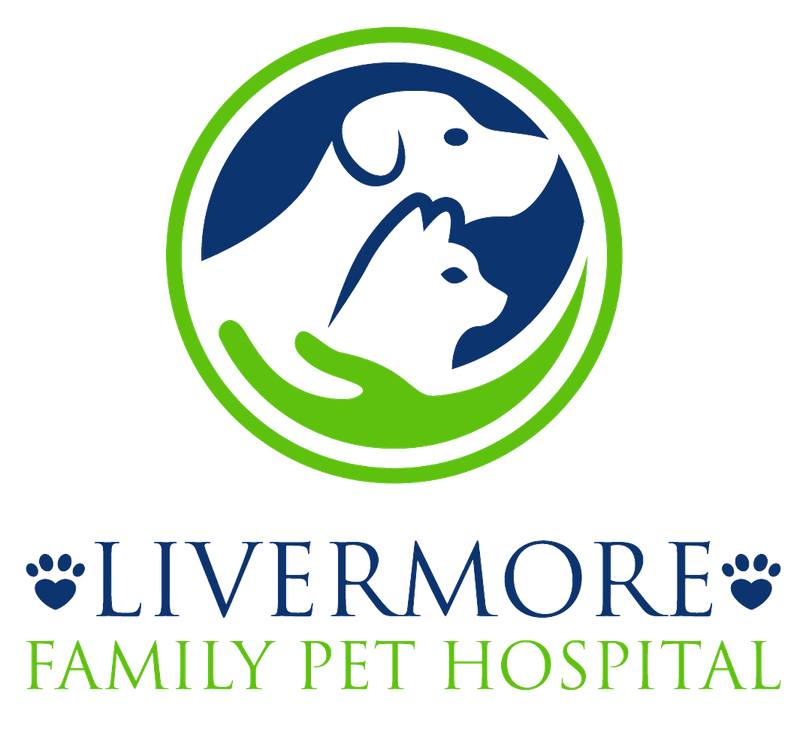This condition is due to an underlying defect in the abdominal wall muscle at the umbilicus of the pet, such that skin alone separates the internal organs from the outside. This weakness allows tissue or part of an abdominal organ to protrude through the muscle layer and cause an obvious swelling through the umbilicus (belly button).
What are the possible causes of umbilical hernia?
There are two possible causes of umbilical hernias:
Congenital: instead of closing within a few days of birth, the umbilical ring remains open. This is an anomaly which begins during development of the fetus, and is often hereditary.
Traumatic: at the time of birth, traction on the umbilical cord can sever it too close to the abdomen, possibly also damaging the muscle layer. Sometimes this can cause poor healing of the navel and the subsequent appearance of a hernia.
Are there specific breeds that are predisposed to umbilical hernias?
Yes, though any pet may get this condition, certain breeds are predisposed:
- Pekingese,
- Basenji,
- Airedale,
- Weimaraner,
- Pointer
- Beagle
How do I know if my dog has an umbilical hernia?
Umbilical hernias appear as a (usually) painless, bulbous protrusion at the umbilicus.
During your first consultation of your puppy with your veterinarian, he or she will bring the presence of the hernia to your attention, and evaluate it.
How will my vet diagnose umbilical hernia, and what is the treatment?
Expert palpation of the hernia alone is usually diagnostic. It is usually possible also to define the diameter of the hernia and ascertain if it is 'reducible' or not (i.e. can the contents of the hernia can be repulsed inside the abdomen by pressure on it?). The desirability of surgery, or not, will be based upon these characteristics.
Small hernias with only the presence of a little fat inside them will usually not require surgery. However, if your veterinarian suspects that an abdominal organ, or even part of the intestinal tract, is located in the hernia, he or she will offer an X-ray and/or an ultrasound examination. Occasionally there is a risk that the contents of a hernia can become 'strangulated' inside it; this situation would merit emergency surgery to resolve it. If not resolved promptly, the strangulated tissue or organ can progress to necrosis, impairing the health, and even life, of the pet.
However, most umbilical hernias are benign and require no intervention immediately; oftentimes your veterinarian will suggest correction at the same time as spaying (ovariohysterectomy) if your pet is a female, since the surgery site is close by. In contrast, large or irreducible hernias should be fixed more pro-actively, to avoid possible future strangulation problems.
If you have questions and you'd like to reach out to us, you can call us directly at (925) 744-6421, or you can email us at [email protected].

